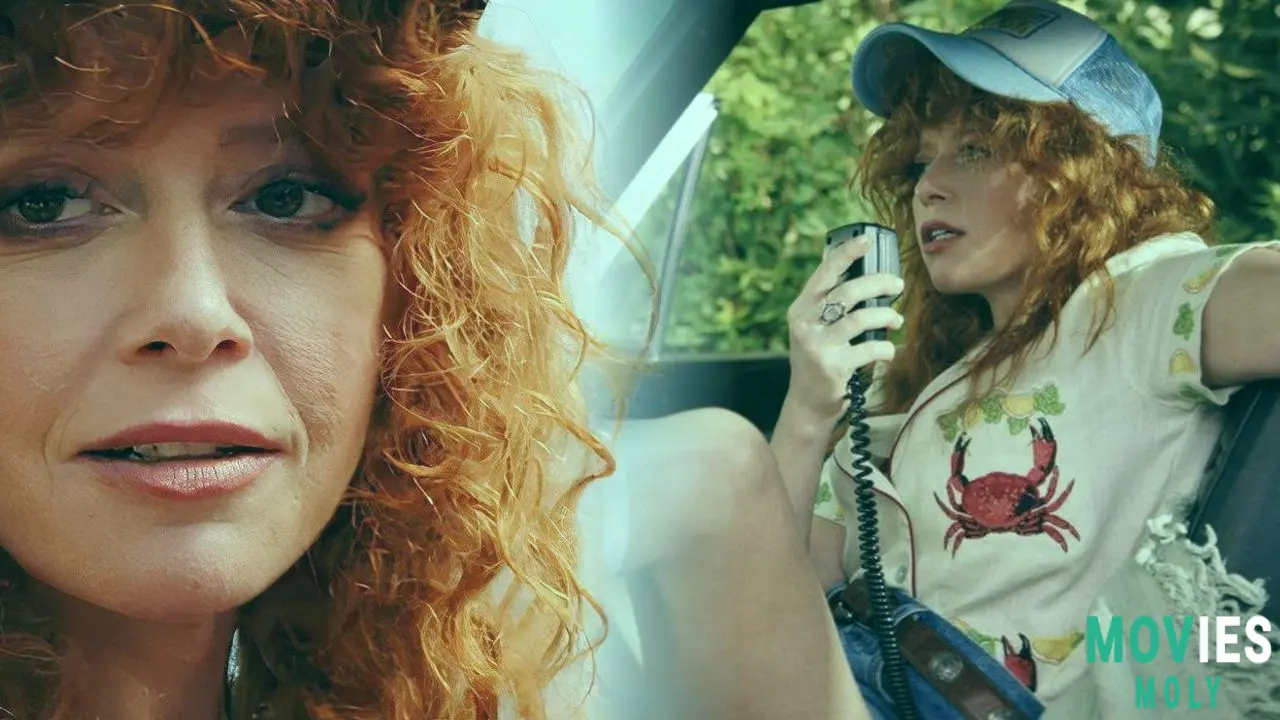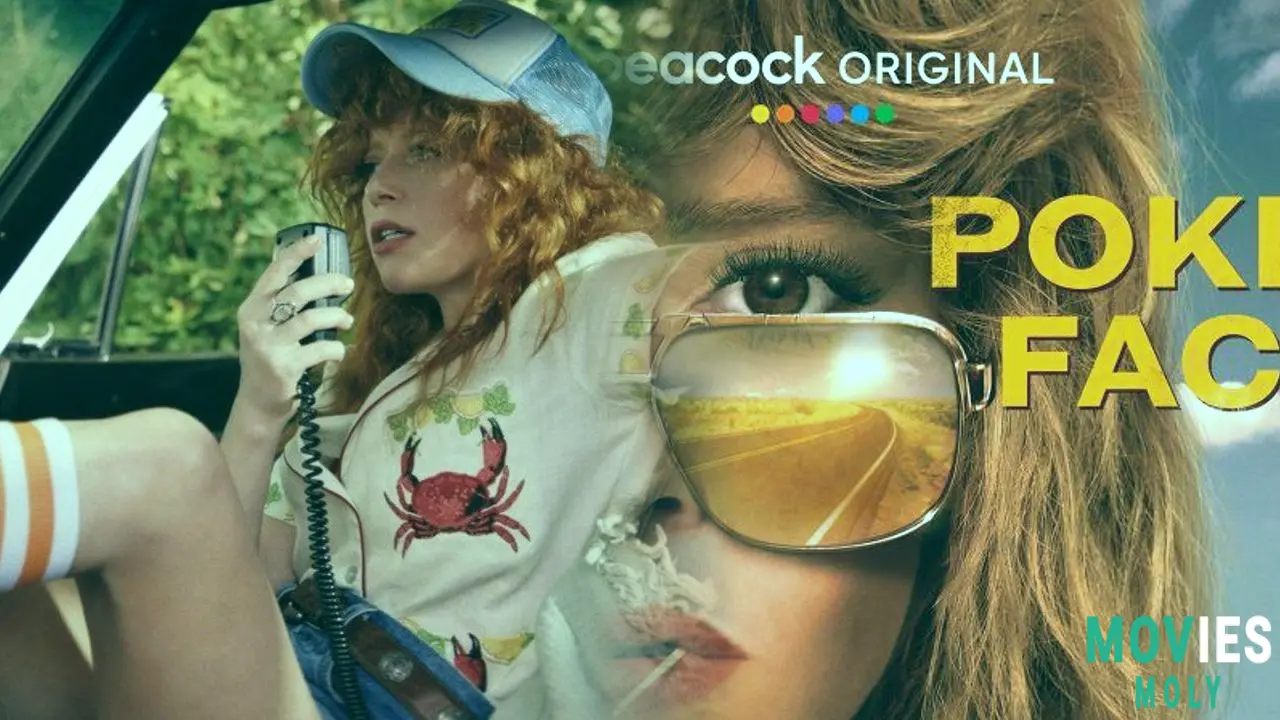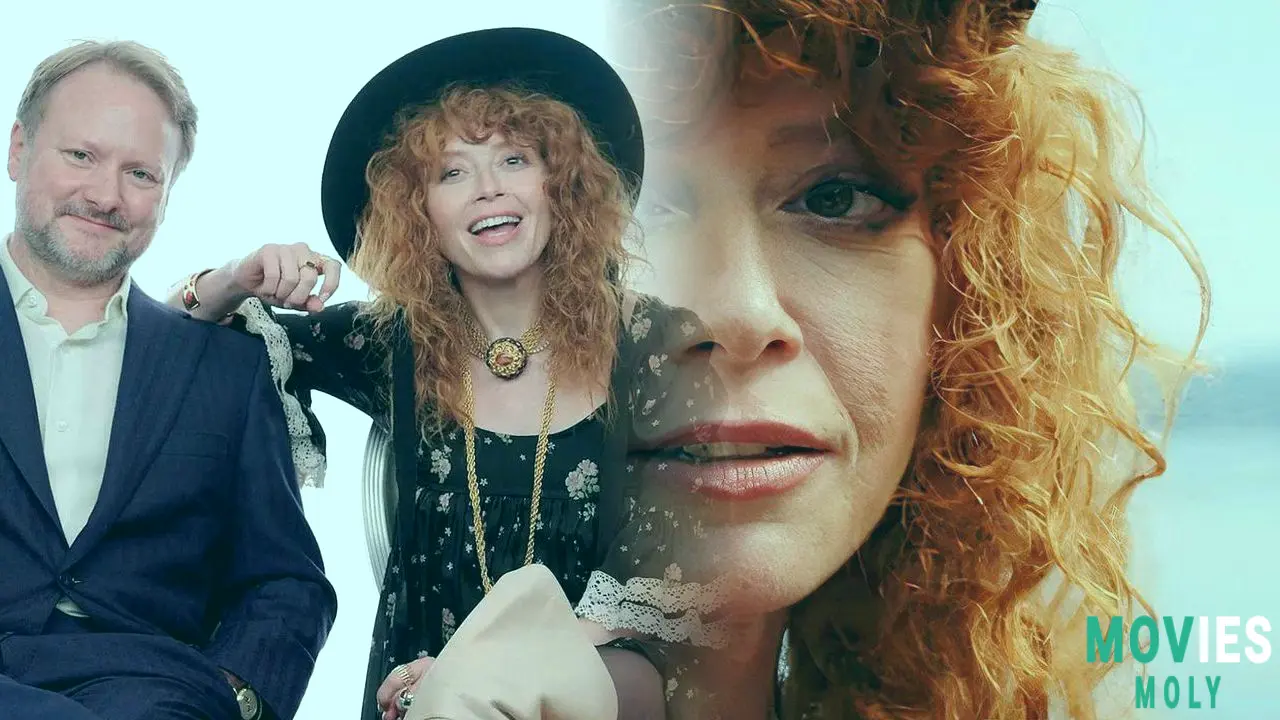"Poker Face" Season 2 isn’t just back—it’s peaking. The case-of-the-week, howcatchem mystery series created by Rian Johnson and powered by Natasha Lyonne’s irrepressible charisma returns with a swaggering sophomore run that channels Columbo, Knives Out, and a dash of Leisure Suit Larry-era televsion cool. This time, Charlie Cale’s (Lyonne) rogue’s gallery of killers, clowns, and con artists is bigger, bolder, and more bonkers than ever, and the show never once takes a breath without winking at its own genre-obsessed heart.
Season 2 turns every episode into a ’70s-inspired mini-movie masterpieceWith inspiration drawn from American ’70s auteurs like Robert Altman and Peter Bogdanovich, Poker Face Season 2 doesn’t just mimic old TV—it reinvents it through a modern, hyper-stylized lens. Each of the 12 episodes is a standalone thrill, a self-contained journey into a different microcosm of Americana, complete with a unique tone, palette, and flavor. Whether Charlie is serving sloppy joes in a middle school cafeteria, digging for clues in a minor league baseball dugout, or baring it all in a weirdly tragicist alligator sanctuary, the show’s creative team is flexing cinematic muscle that would make Tarantino nod in approval.
And flex they do. The formula remains gloriously consistent: we see the murder and the murderer upfront, then follow Charlie’s meandering, often clumsy, but always charming path to uncovering the truth. It’s not a whodunit—it’s a how-the-hell-did-she-pull-that-off-then? But somehow, it never grows tired. Instead, it becomes a playground for storytelling inventiveness, with creators Johnson, Lyonne, and showrunner Tony Tost turning genre tropes into glittering puzzles.
Charlie Cale’s lie-detection remains a fantastical tool for clever storytelling

Let’s address the neon flaming punch card in the room: Charlie’s ability to detect lies the instant they’re uttered. It’s a gimmick, sure—but one that Poker Face embraces with such sly confidence that it feels more like a superpower than a shortcut. Lyonne’s delivery—often punctuated by a casual “Bullshit”—turns the ability into a game mechanic, a detective’s tool, and a comedic device all at once. She’s not Sherlock; she’s not even always smart about how she uses it. And that’s the point. Charlie is gloriously human in her missteps, turning what could be procedural pinball into character-driven storytelling.
As TVGuide.com astutely notes, “Charlie isn’t a genius in disguise. She’s honestly kind of a dumbass.” But that’s her charm. Her optimism in the face of danger, her tendency to walk into crime scenes without a plan, and her instinct to trust (or not) based on gut rather than logic makes every episode feel like a new card drawn from a deck she’s still learning to shuffle.
The guest stars lineup reads like a Hollywood wishbone— and they deliver

If Poker Face Season 1 was a Knives Out-style parade of guest stars, Season 2 is that parade doing a full-on Cirque du Soleil routine. Cynthia Erivo steals the show in the explosive premiere—playing quintuplets (make that sextuplets) embroiled in a twisted inheritance battle. It’s a theatrical entrance for a theatrical series, and it sets the tone perfectly. Later episodes throw in names like Giancarlo Esposito, Steve Buscemi, John Mulaney, Rhea Perlman, John Cho, Kumail Nanjiani, and Katie Holmes—each one given a cartoonishly delicious role to play in Charlie’s latest fatal detours.
Erik Wareheim’s chaotic energy, Mulaney’s uncomfortable overconfidence (especially in a bungled FBI sting), and Perlman’s gleefully menacing mob boss persona combine with Lyonne’s grit to create scenes that feel improvised on another plane of fun. As The Guardian puts it, these are “A-listers cutting loose and being daft,” and that’s precisely the kind of tone Poker Face thrives on.
The serialized mob subplot is secondary to the episodic brilliance—but still adds edge
One of the few threads tying this nomadic series together is Beatrix Hasp (Rhea Perlman) and her relentless mob strike team hunting Charlie. It’s a late-stage addition to the show's chronology, giving us a taste of sustained tension before letting the show return to its weekly murder-exploration rhythm. The Guardian calls it “barely letting a violent mob-based subplot get in the way of what Charlie does best,” and that’s an accurate read. The show is interested in momentum, not monotony, and after three episodes, the hitman chase fades into the background like a bad smell in a butcher shop.
This fleeting serialized element may be unnecessary, but it’s also fun, giving Charlie (and us) a sense of urgency that only makes her relentless detours into small-town weirdness feel more alive by contrast.
Comedy, creativity, and old-school cool combine into one of TV’s most fun rides
There’s a perpetual TV myth that shows need to be dark and brooding to be taken seriously. Poker Face exists to punch that myth square in the teeth with a glittering, bloody, clever smile. It's comedic without being frivolous, stylized without being empty, and nostalgic without being stuck in the past. Lyonne’s Charlie is the perfect guide—sarcastic, unstoppable, and somehow always a little bit hopeful.
Whether she’s playing lunch lady, corpse wrangler, or carnival worker, Charlie’s journey through the underbelly of Americana is as much about surviving as it is about sniffing out the truth. And she does it with a baseball cap, a cigarette, and a million-dollar smirk.
In a TV landscape obsessed with serialized drama and moral grayness, Poker Face Season 2 is pure, colorful, carnivalesque clarity. It’s a show that trusts its audience to enjoy cleverness, character, and chaos in equal measure. And with Natasha Lyonne behind the wheel of that sky-blue Barracuda, it’s a ride no one should miss.





